It’s our very great hope that each of you will be enthralled by both the images and the information contained within this article about these 4 Wondrous Asian Waterfalls. We certainly enjoyed compiling the information for your enjoyment and edification.
Obviously, though, the sites mentioned herein represent only the tiniest portion of the natural beauty to be found in this part of the world. For more entertaining and edifying information about other natural marvels in the region, we invite you to peruse our pages.
Hogenakkal Falls
Hogenakkal Falls Facts
- Leading off this article about 4 Wondrous Asian Waterfalls comes the magnificent, as well as distinctive, site known as Hogenakkal Falls.
- Remarkably, the incredibly stunning natural formation actually represents a particularly distinctive and ruggedly beautiful waterfall. Intriguingly, in the primary language of the region it formed in, this hard to pronounce name means smoking rock.
- This magnificent example of the variety of nature also goes by another name, however. That’s because local inhabitants also refer to it as Marikottayam. This site has also long played an important role in the culture and life of the inhabitants of the region.
- For starters, that’s because of the fact that it has long served as a site for bathing. The amazing site also now plays a relatively vital economical role in the area. This holds true due to the fact that the waterfall now constitutes a popular tourist attraction.
- The fabulous Hogenakkal Falls also holds yet another role of importance in the area in which it formed. The site therefore has far more to offer the local population than just its scenic value. This occurs because of a proposal made by the local government.
- Under this proposal, the falls, sometimes called the Niagara Falls of its region, would also provide an invaluable service. Its flow would be used as a source of much needed drinking water for the inhabitants of the immediate area surrounding the falls.
Hogenakkal Falls Physical Description
Perhaps most notably, the breathtaking Hogenakkal Falls has a truly unique structure to it. In this manner, this fascinating site immediately distinguishes itself from the majority of other waterfalls to be found throughout the world, for more than just beauty.
That’s because, instead of a simple plunge, or group of plunges, it has a different construction. That’s due to the fact that it actually consists of a series of channels of varying sizes. These remarkable structures further total 14 in all, each with a different pattern.
That’s because the drop in height for each channel remains different from the others. In point of fact, these vary quite significantly in terms of height. Some of them drop no more than 15 ft (4.6 m). Others, however, have a drop measuring as much as 65 ft (19.8 m).
The most distinctive feature of the remarkable Hogenakkal Falls nevertheless remains a highly unusual one. That’s the very rocks through which it flows. That’s holds true due to the fact that these unusual formations have a fascinating composition.
Composed of carbonatite, these play an important role in the distinctiveness of the site. This holds true due to the fact that these structures are some of the oldest rocks on the continent. This nature only serves to further augment the splendor of the feature.
Hogenekkal Falls Location, Source, and Importance
The supremely mesmerizing natural formation known as Hogenakkal Falls formed in an area of the world that remains well known for its incredible natural beauty. That’s due to the fact that the cascade formed in what now constitutes the country of India, in Asia.
More precisely, the remarkable waterfall sits about 79 mi (127 km) from the city of Bangalore in Karnataka. Located in the southern portion of the country, the incredible cascade further formed on a section of the Kaveri River, itself a site of natural beauty.
The exact spot on which the stunning work of Nature sits holds yet another surprise for people. It actually borders two separate districts of the vast country. The two distinct areas within whose boundaries it lies are the districts of Chamrajnagar and Dharmapuri.
The locally important river itself also originates near a site known as Talakaveri. This particular location has long been considered a holy site by the local populace, and sits in the Western Ghats. From there, it quickly gathers force as it drops in elevation.
Highly numerous small tributaries also add to its volume as it flows downward. This continues, in fact, until it reaches Hogenakkal Falls. Along the way another trait manifest. The flow of the water after the cascade carries large quantities of sediment downstream.
As it deposits this, it serves to make the land more fertile, allowing for the successful growing of crops. Further on, it spreads out over numerous sandy beaches. Finally, it reaches the Mettur Dam, and forms the Stanley Reservoir, built in the year 1934.
Baatara gorge waterfall
Baatara gorge waterfall Facts
- Next up among our choices for inclusion in this compendium of 4 Wondrous Asian Waterfalls comes the extraordinary site known as Baatara gorge waterfall.
- This breathtaking, as well as truly distinctive, natural wonder most frequently goes by the name it does for fully deserved reasons. It also has another, related name, however. That’s because it’s also known to some people as the Baatara gorge sinkhole.
- Yet this wonder of geological processes also holds another moniker. This one, however, doesn’t mention the waterall, just the surrounding chasm. The astounding natural formation also, on occasion, goes by the third name of the Cave of the Three Bridges.
- All of these, though, are fully appropriate. Regardless of which term one chooses to use to refer to it, though, one fact remains paramount. Its incredible natural beauty, along with its remarkable structure, makes it one of the great natural marvels of its region.
- It presently remains unknown if ancient, or even prehistoric, man knew of the stunning site. The likelihood, however, is strong that they did. The French bio-speleologist, Henri Coiffait, though, holds the credit for the discovery of the intriguing marvel of Nature.
- Despite boasting many fabulous natural marvels, the region of the world in which it formed isn’t known for its tourism. Due to this unfortunate situation, the Baatara gorge waterfall lamentably remains largely unknown to the average foreign tourist.
Baatara gorge waterfall Physical Description
The magnificent work of Nature known as Baatara gorge waterfall remains best known for its sheer beauty. That fact’s fully merited, to be certain. The impressive formation also, however, possesses other physical attributes equally worthy of our appreciation.
The cascade itself formed as what’s known as a three-tiered waterfall. In total, the water plunges an astounding 837 ft (255 m) into the depths below. The longest individual drop boasted by the awesome site, however, measures an impressive 330 ft (100 m).
Along the way, though, its passage takes it through several natural bridges, through which the water bore a path. These amount to a total of three such formations, in fact. This, therefore, serves as the origin of the fitting alternate name, Cave of the Three Bridges.
Yet the many wonders of the Baatara gorge waterfall do not simply end there, however. That’s due to the nature of where the formation sits. The water itself plunges into the depths of a chasm, formed by a sinkhole, that descends into the depths of a mountain.
Baatara gorge waterfall Location, Formation, and History
The awe-inspiring Baatara gorge waterfall formed in a portion of the world already well known for its great natural beauty. More specifically, the site formed in what now constitutes the country of Lebanon, situated on the eastern shore of the Mediterranean Sea.
This location places it within the confines of the beautiful region known as the Middle East. The mountain on which it formed further bears the appropriate name of Mount Lebanon. In larger terms, though, this makes it a part of the remarkable continent of Asia.
Geologists currently place the overall age of the surrounding rock strata at roughly 160 million years. This places its formation within the Jurassic Period. An exact time frame for when the structure as it exists today formed, however, remains undeterminable.
The composition of the surrounding region further remains almost entirely of limestone. This relatively soft stone allowed for the erosion of the strata by the incessant flow of water into the area. The precise length of time required, however, remains unknown.
Following the discovery of the Baatara gorge waterfall in 1952, much research and exploration occurred. Both it and its accompanying sinkhole were completely mapped in the 1980’s. Then, in 1988, a dye test showed that its water emerges at a spring in Dalleh.
Ban Gioc-Detian Falls Facts
- Filling out the third position in this compilation of 4 Wondrous Asian Waterfalls, the stunning Ban Gioc-Detian Falls does so only due to random selection.
- Perhaps in keeping with its complexity, the term for this breathtaking formation serves as the accepted name of a truly spectacular sight. That’s because the highly distinctive term names a magnificent set of twin waterfalls situated on the Quay Son River.
- It further holds a rather unique status among such features, shared by other falls such as Niagara Falls, located in North America. That’s because this marvel of Nature formed in a location almost perfectly straddling the Sino-Vietnamese border, in Asia.
- One half of the falls sits in the karst hills of Daxin County, in the province of Guangxi, in China. Meanwhile, the other half sits in Trung Khanh District, Cao Bang Province (Vietnam). The truly wondrous site also sits roughly 169 mi (272 km) north of Hanoi.
- This wonder holds an impressive position in the minds of geologists. That,s due to the fact that these falls currently rank as the 4th largest waterfall along a national border. Only the astounding Victoria Falls, Iguazu Falls, and Niagara Falls exceed it in this.
- The local populace considers the two falls of what many call Ban Gioc-Detian Falls to be two parts of one waterfall. They’re known by the sole name Bản Gioc. The two parts bear the names thác chính, the main waterfall, and thác phụ, the subordinate waterfall.
Ban Gioc-Detian Falls Physical Description
Creating confusion for some people, Chinese texts sometimes name Ban Gioc-Detian Falls simply the Détiān falls. By either name, though, this cascade remains a site of stunning natural splendor. It easily ranks high in splednor among the thousands of such sites.
During the summer rains, furthermore, the two waterfalls sometimes join together. The waterfall drops a total of about 98 ft (30 m) and is separated into three falls by numerous rocks and trees. This magnificent site also earns respect for a somewhat unexpected wonder.
That actually holds true due to its incredible volume. In fact, on most days, the effect of the water hitting the cliffs remains audible from a great distance. The Ban Gioc-Detian Falls was also one of the crossing points for the Chinese army during the brief Sino-Vietnamese War.
Ban Gioc-Detian Falls Ecology
To the amazement of many, near Ban Gioc-Detian Falls lies yet another wonder of the works of Nature. That’s the site known to man as the gorgeous Tongling Gorge. Remarkably, this location remains accessible only through a cavern from an adjoining gorge.
Rediscovered only recently, it has many species of endemic plants that exist only in the gorge. In the past, this cavern itself actually served as a hideout for local bandits. In fact, numerous treasures are occasionally still found in the cliff-side caves of the gorgeous sit.
A road running along the top of the falls also leads to a stone marker that demarcates the border between China and Vietnam in both Chinese and French. However, to no great surprise, modern disputes arose pertaining to the accuracy of this marking.
That’s due to the fact that certain discrepancies concerning Ban Gioc-Detian Falls remain. These pertain to the correlating legal documents on border demarcation and the placement of markers between the French and Qing administrations in the 19th century.
Pearl Shoal Waterfall
Pearl Shoal Waterfall Facts
- Completing this listing of our choices to represent 4 Wondrous Asian Waterfalls we present the magical formation of Nature known as the Pearl Shoal Waterfall.
- Understandably, the highly descriptive term used for the geological masterpiece serves as the common name of a truly stunning work of nature. It’s therefore easily understaood that the natural formation holds a special honor in the minds of many.
- That’s because this creation of time and natural forces continues to be considered by many to be the most beautiful waterfall in its region. In fact, this fabulous creation of Nature formed in a region of the world already well known for its great beauty.
- This likely comes as no surprise to those who learn of the details. That’s due to the fact that the stunning cascade lies within what now constitutes the confines of a protected area. That area now forms what has been designated as the Jiuzhaigou Nature Reserve.
- Thankfully, this provides it with a measure of protection. That occurs despite its being an extremely common destination for people visiting its region. Given the extreme beauty of this truly magnificent waterfall, its fame is fully understandable.
- However, with the Pearl Shoal Waterfall added to its many other features, this fabulous corner of the world has become quite well-known. Due to its great natural beauty, the Reserve represents both a World Heritage Site and a World Biosphere Reserve.
Pearl Shoal Waterfall Physical Description
The staggering beauty of the Pearl Shoal Waterfall perfectly demonstrates one very specific and well-known principle. That’s the fact that beauty isn’t dependent upon physical size. That’s because of the fact that the wondrous cascade has a moderate height.
Nevertheless, Nature did bless the geological feature with other amazing vital statistics. These include boasting a very respectable total width. This breathtaking wonder of Nature possesses an upper level with an average width measuring about 550 ft (163 m).
That particular dimension, however, frequently changes within a small range. This variability naturally occurs due to the simple fact that rainfall amounts in the region vary. Its drop also merits a certain amount of respect, since it measures around 130 ft 940 m).
None of these are why Pearl Shoal Waterfall earns its fame. In fact, that originates with the action that happens as it descends. The water of the site flows over a series of uniquely placed outcroppings. This action creates an incredible interlocking pattern of flows.
Pearl Shoal Waterfall Location and Ecology
It’s not surprising at all that the magnificent Pearl Shoal Waterfall formed in a region of the earth already renowned for numerous beautiful natural sites. That statement holds true due to the fact that this tantalizing flow of water formed on the continent of Asia.
Even more precisely, though, this waterfall resides in what now constitutes the region now known as the Sichuan Province. That area further lies within China. This magnificent marvel of geology also helps play a role of relative importance within its region.
That occurs because the stunning Pearl Shoal Waterfall also represents only a small portion of the incredible and expansive Yangtze River system. As a result, the site forms a part of a natural system that has a vital impact on the region that it flows through.
The water flowing over the feature remains extremely rich in minerals, such as calcium carbonate, which gets deposited in quantity. This mineral build up is so strong that allows plants and even small trees to actually grow within the middle area of the falls themselves.
4 Wondrous Asian Waterfalls
We sincerely hope that you have all thoroughly enjoyed reading, and in that respect, profiting from, this article about 4 Wondrous Asian Waterfalls. We further fervently hope that doing so has left you with a new or renewed appreciation for the marvels of our world.
Unfortunately, however, many of the natural marvels of this world now face destructive factors. These often include deterioration due to the actions of man, both directly and indirectly. It’s up to each and every one of us to do all we can to protect and preserve them.
Check out our other articles on 5 Magnificent Brazilian Marvels, Wonderful Wild Cats of the World, 5 Incredibly Wonderful Trees, North American Gulches and Canyons
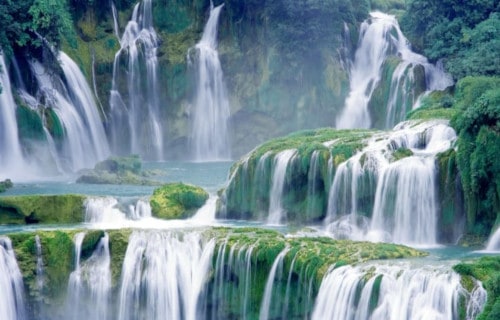
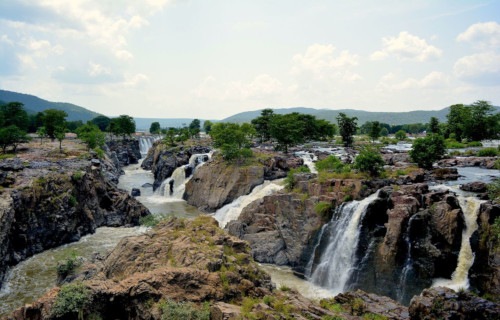
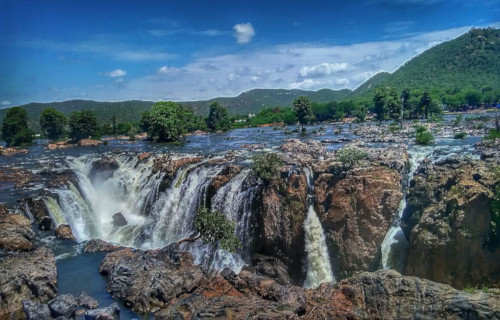
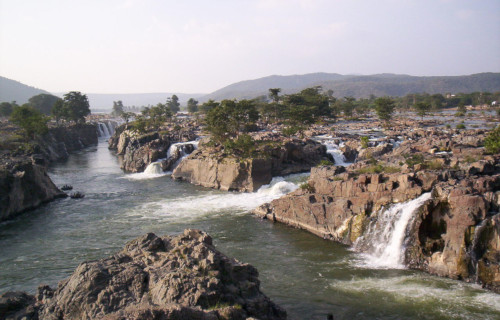
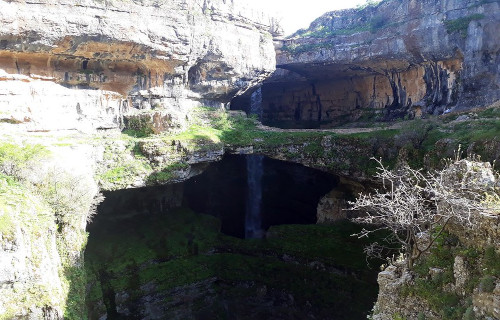
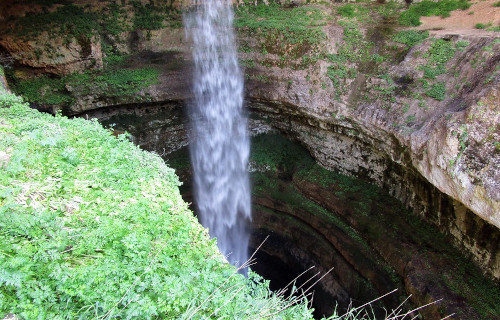
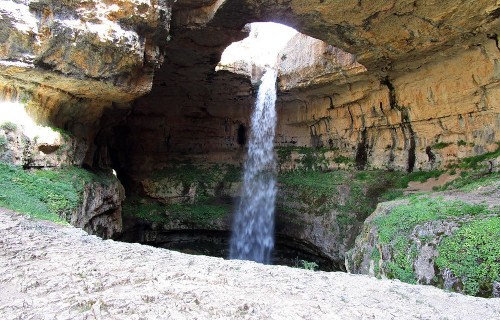
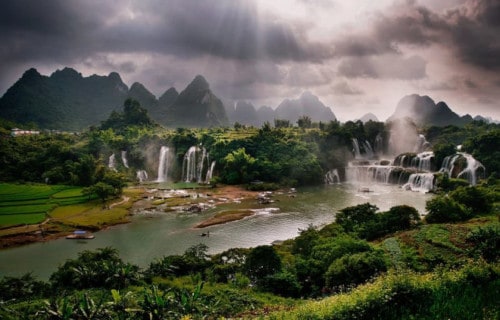
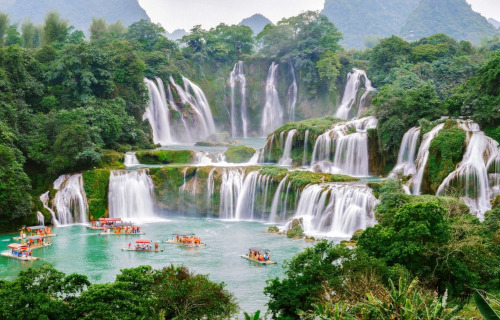
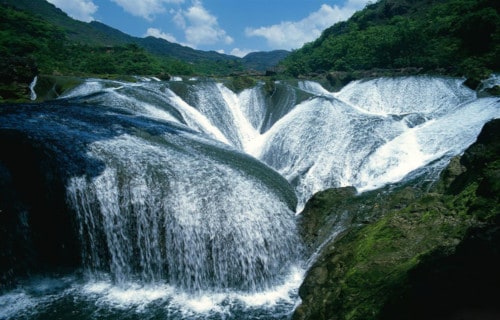
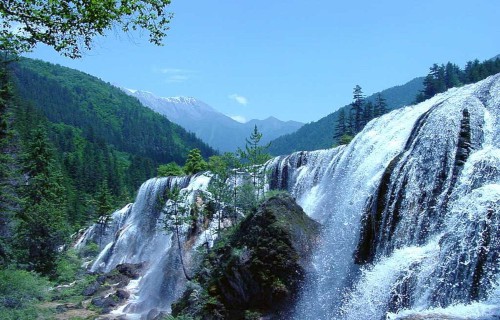
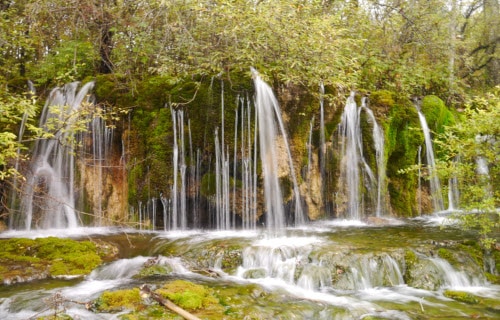









Leave a Reply